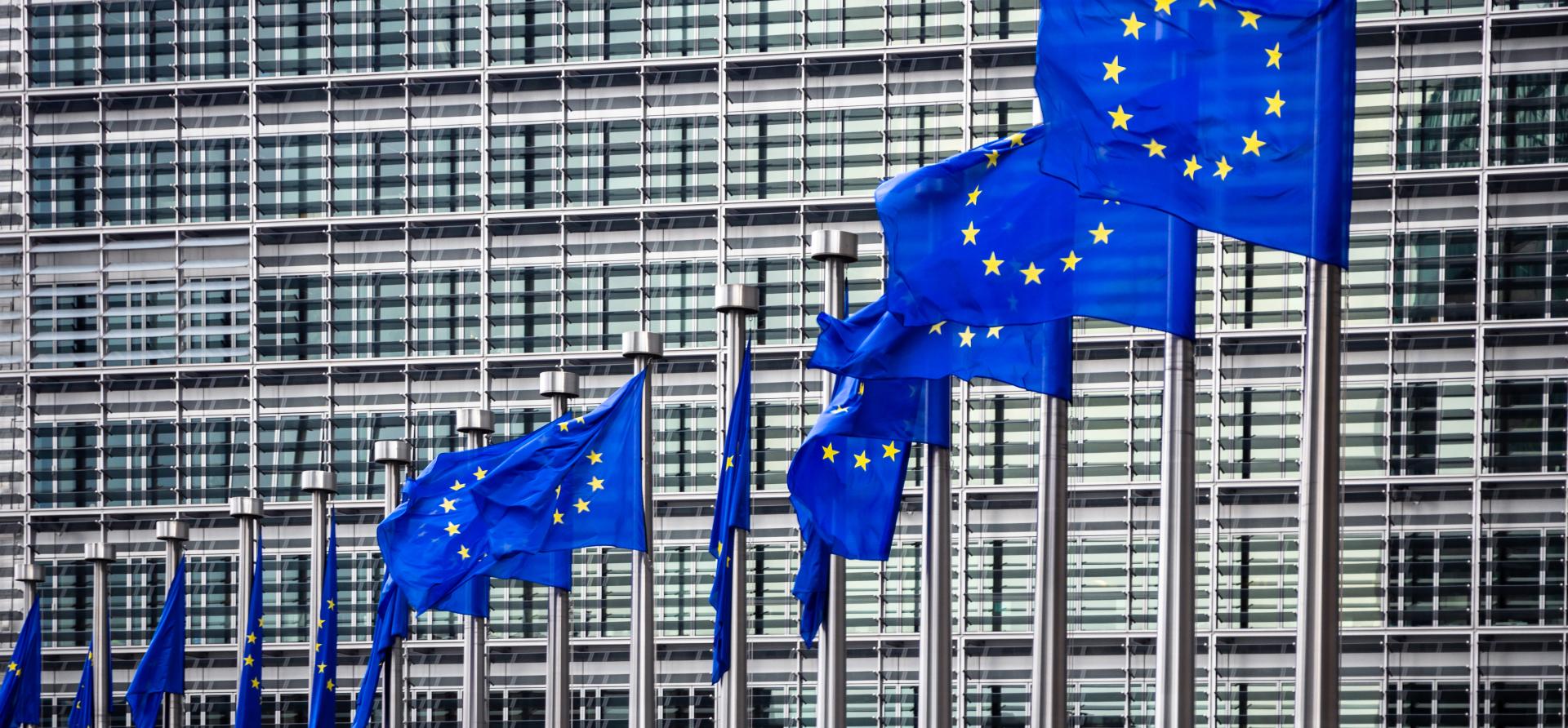Proposed EU ESG rating regulation shows limited coherence with wider EU sustainable finance framework
Download Full Version

Key Findings
The European Commission’s latest proposal to regulate environmental, social and governance rating activities does not explicitly adhere to the principle of double materiality—an approach that underpins the European Union’s broader sustainable finance regime.
In IEEFA’s view, the lack of a coherent sustainable finance framework would lessen the proposed regulation’s effectiveness in addressing ESG rating activities’ shortcomings and suitability for fulfilling the European Green Deal objectives.
New rules covering areas such as organisational structure, processes and transparency appear to be a breakthrough, but IEEFA notes a series of recommendations for improvement.
IEEFA’s past publications illustrate the pressing need to regulate environmental, social and governance (ESG) rating activities. In June 2023, the European Commission released a proposal for “a regulation of the European Parliament and of the Council on the transparency and integrity of environmental, social and governance rating activities” (the regulation). While the regulation represents a breakthrough and is largely welcomed by IEEFA, it is not fully aligned with the European Union’s (EU) sustainable finance framework.
The proposal for the regulation is part of the latest sustainable finance package that aims to “ensure that the EU sustainable finance framework continues to support companies and the financial sector, while encouraging the private funding of transition projects and technologies”. In the package, IEEFA positively notes some developments made by the Commission: (1) Inclusion of activities under non-climate environmental objectives to the EU Taxonomy; (2) attempts to enhance the usability of the EU Taxonomy criteria and disclosures by launching various tools in the EU Taxonomy Navigator; and (3) attempts to provide clarification of the concept of transition finance and relevant recommendations.
Nevertheless, the proposed regulation fails to show coherence with the EU sustainable finance framework which is built upon three pillars—the EU Taxonomy, disclosure regime and investment tools to develop sustainable solutions—nor does it explicitly uphold the principle of double materiality. These pitfalls would lessen the regulation’s effectiveness in addressing ESG rating activities’ shortcomings and suitability for fulfilling the European Green Deal objectives. In late August 2023, IEEFA submitted its response to the proposal, outlining the gaps between the regulation and the existing regulatory regime, together with our key concerns and recommendations.
Key recommendations
Continued development of a coherent and comprehensive framework supported by a high technical standard would enable the EU to play a global leadership role on the sustainable finance agenda. IEEFA outlines the areas where the regulation should improve or be complemented with follow-up actions in other EU regulatory regimes, such that:
- The regulation should close any loopholes arising from the exclusion of second-party opinion in scope. The European Green Bond Regulation—which requires second-party opinion providers (or external reviewers) to meet certain requirements on processes and transparency—remains voluntary and inadequate to cover the whole sustainable debt market as it currently stands;
- The European Sustainability Reporting Standards under the Corporate Sustainability Reporting Directive, if well implemented, should support minimum data sufficiency and quality requirements needed in the regulation. This is, however, subject to a well-defined and rigorous approach to and disclosure requirements around materiality assessments, which are currently lacking in the first set of adopted texts, as IEEFA has previously noted;
- Any misuse and misinterpretation of ESG ratings in sustainable investments should be safeguarded—potentially through the Sustainable Finance Disclosure Regulation and Benchmark Regulation. The regulatory regime(s) should provide further clarification around the useability of ESG ratings in investing—enforcing minimum considerations of impact materiality, EU Taxonomy and/or temperature alignments in order to address greenwashing.
In addition, IEEFA emphasises the importance of imminent broad public disclosure requirements in addressing the lack of transparency and clarity faced in the ESG rating industry. A high degree of information symmetry is key to tackling deception in rating descriptions and methodologies, particularly when end users and other stakeholders may not be direct subscribers. The fact that the regulation requires some items to be disclosed only to users of ESG ratings represents a weakness. IEEFA further recommends a list of additional public disclosure requirements to strengthen transparency. Some key omitted items that IEEFA notes include: (1) Detailed information about the rating providers’ legal structure and ownership; (2) the general nature of compensation arrangements; and (3) methodologies in the event of insufficient data.
Lastly, while the regulation appears to cover sufficient grounds relating to areas such as organisational requirements, processes and conflicts of interest, IEEFA highlights a few areas of improvement and recommends that the regulation should:
- Further specify (1) the requirements of a methodology review process; (2) the role and responsibilities of a permanent and effective oversight function; and (3) minimum requirements of reliable and verifiable data to start an analysis;
- Require ESG rating providers to adopt and implement written policies and procedures relating to (1) rating determination processes; (2) communication processes with rated entities; (3) appeal procedures; and (4) ratings review in the event of any material changes.
For further information and detail, the complete submission can be downloaded here.
















